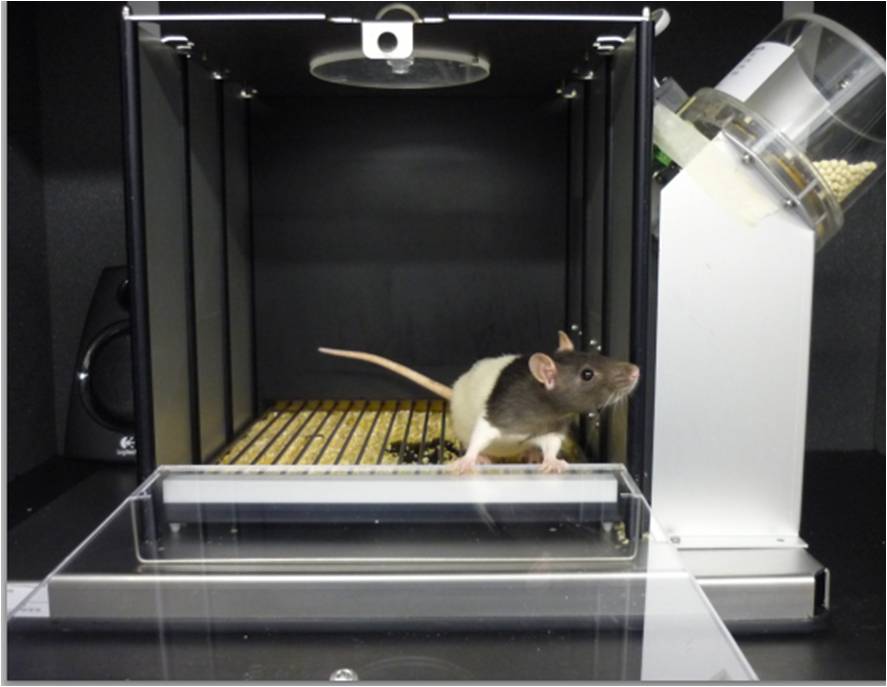Humans share language acquisition mechanisms with other animals
According to a paper on the biological bases of linguistic representation published on 21 September in Cognition, the lead author of which is Juan Manuel Toro, ICREA researcher in the Department of Information and Communication Technologies at UPF.
When it comes to language acquisition in humans (infants and adults), one recurring question is whether it is exclusive to humans or whether it has certain features in common with processes found in other species. A recently published paper has found that, although other animals share certain mechanisms needed to acquire this cognitive capacity, language remains an essentially human trait.

This is the line of research being pursued by Juan Manuel Toro, an ICREA researcher in the Department of Information and Communication Technologies (DTIC) at UPF and head of the Language and Comparative Cognition Group.
The research consisted of a comparative study of human language ability and acquisition (in infants and adults) with the procedures and perceptive abilities found in other species with which we share certain cognitive and neural biological traits (such as mammals) with a view to identifying the linguistic structures that differentiate us from other species.
To date, research with very young infants suggests that they can infer word order based on the relative frequency of elements in a linguistic sequence. For example, they can distinguish between nouns and articles.
The paper, which was published on 21 September in the journal Cognition and was co-authored by Toro with Marina Nespor, a researcher at the International School for Advanced Studies (SISSA) in Trieste, Italy, and Judit Gervain, a member of the University of Paris Descartes and of the National Centre for Scientific Research (CNRS) in France, looked at whether this linguistic ability could also emerge in non-human mammals. To determine this the authors used a lab-rat model.
Rats can distinguish between words based on frequency
Animals can be trained to press a lever to obtain an incentive or reward. That is how they were trained in this study to distinguish between syllables based on their frequency: low (nouns) and high (articles). ‘We trained them to distinguish between sequences that alternated low- and high-frequency syllables and sequences in which the syllables were randomly distributed’, explained Toro, the lead author of the paper.
According to Toro, ‘Our findings show that one of the mechanisms used by infants to learn language is also present in other lab animals’.
Specifically, in a series of experiments performed using a lab-rat model, which the authors explain in the paper, ‘we show that the basic ability to detect changes in relative frequency and order is present in the animals, which suggests that even though humans share the necessary mechanisms to acquire this cognitive ability with other species, language is essentially a human trait’, Toro explained.
These experiments were part of the research that Juan Manuel Toro has been conducting for the last two years under a European Research Council starting grant.
Paper:
Juan M. Toro, Marina Nespor, Judit Gervain. (2015). ‘Frequency-based organization of speech sequences in a nonhuman animal’. Cognition, 145 (2016), 1-7, http://dx.doi.org/10.1016/j.cognition.2015.09.006 0010-0277
